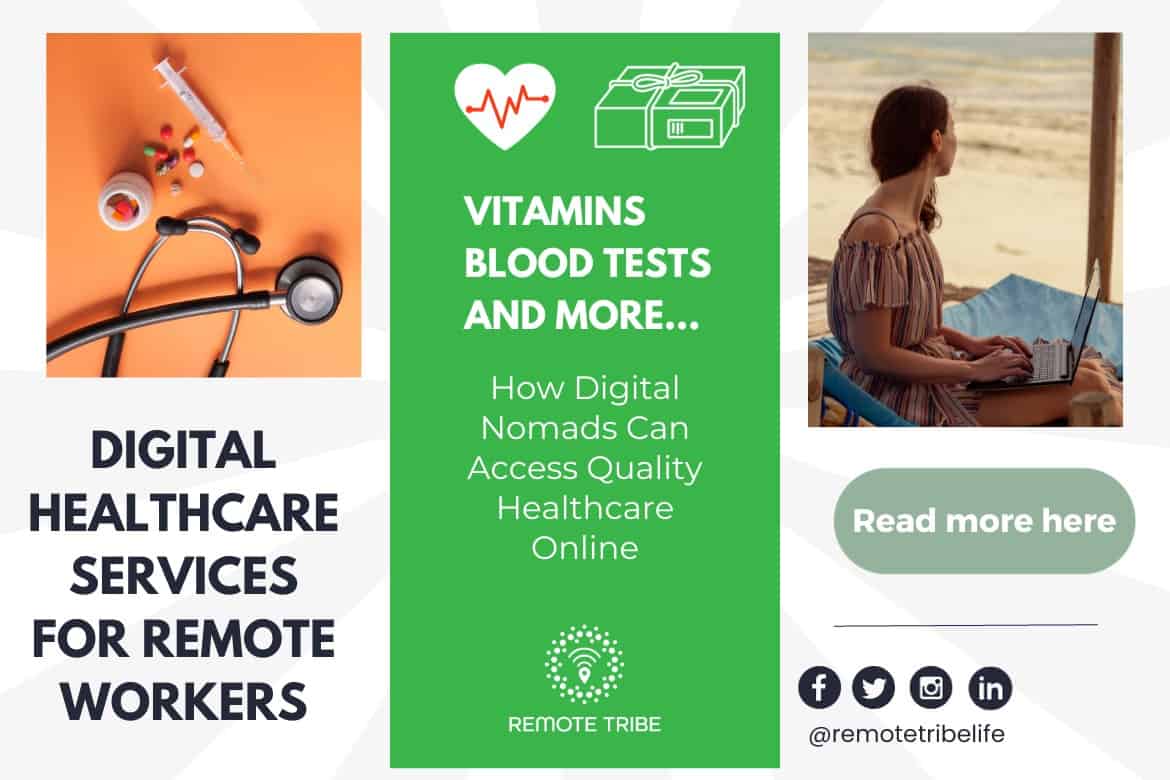The Effect of Subscription Based Healthcare on Typical Medical Practices
The Effect of Subscription Based Healthcare on Typical Medical Practices
Blog Article
Comprehending the Cost-Effectiveness of Subscription-Based Medical Care Designs
As the health care landscape evolves, subscription-based designs arise as a compelling option, assuring to redefine exactly how people take care of clinical expenses. Evaluating these designs' cost-effectiveness necessitates a nuanced comparison with conventional insurance policy, considering both economic ramifications and client complete satisfaction.
Overview of Subscription-Based Designs
Subscription-based medical care versions, sometimes described as straight key care or concierge medicine, are significantly obtaining attention as a prospective remedy to inadequacies within conventional medical care systems. These models operate the principle of offering clients straight accessibility to doctor through a month-to-month or yearly fee, bypassing the requirement for traditional insurance policy systems. This setup aims to streamline patient-provider communications by reducing administrative worries, which commonly impede timely and individualized treatment.
At the core of subscription-based models is the focus on a more customized individual experience. People take advantage of improved accessibility to their medical professionals, commonly including next-day or same-day appointments, expanded examination times, and straight communication networks such as phone or video calls. This model cultivates a proactive strategy to medical care, where patients and providers can collaboratively concentrate on preventative treatment and chronic condition management.

Cost Contrast With Conventional Insurance

One of the main economic advantages of subscription versions is openness in costs. Individuals pay a predictable charge, which can streamline budgeting and monetary planning. Additionally, these models generally remove co-pays and deductibles for protected services, reducing out-of-pocket spending. Conversely, typical insurance policy might be more helpful for people needing specialized care or costly therapies not covered under a registration model, as they profit from the broader coverage network and cost-sharing mechanisms.
However, cost-effectiveness is context-dependent. While membership versions could offer financial savings for those mostly requiring medical care, people with chronic conditions or specialized medical care demands might discover traditional insurance coverage extra comprehensive. Assessing certain healthcare demands and potential usage is crucial in determining the most affordable alternative for people.
Influence On Patient Complete Satisfaction
Individual fulfillment within subscription-based healthcare versions commonly mirrors a considerable improvement over typical insurance coverage systems. Unlike conventional systems, where people might experience delays in obtaining treatment, subscription-based designs make certain even more prompt and direct communications with healthcare service providers.
In addition, the transparency in costs related to subscription-based healthcare reduces the typical frustrations connected to unforeseen fees and intricate billing check my blog procedures seen in traditional insurance (subscription based healthcare). Individuals value recognizing the specific economic dedication upfront, causing boosted depend on and confidence in their healthcare management
Additionally, the emphasis on preventive treatment and health in registration versions adds to enhanced wellness results, even more enhancing person satisfaction. By focusing on ongoing health and wellness maintenance instead of episodic treatment, individuals experience a more all natural and continuous medical care journey.
In addition, the boosted provider-patient connection promoted in these models, defined by even more time spent per person and tailored interest, plays an essential duty in elevating client satisfaction degrees, as clients really feel truly cared for and recognized.
copyright Viewpoints and Experiences
From the provider's perspective, subscription-based medical care models offer a transformative technique to supplying clinical solutions. These versions stress a preventative and positive health care method, enabling providers to concentrate on thorough patient treatment without the restraints of typical fee-for-service setups (subscription based healthcare). This change in emphasis usually causes enhanced client outcomes and increased supplier contentment, as medical care specialists can designate even more time and resources to person interaction and personalized treatment plans
In addition, registration versions help with foreseeable income streams, which boost financial security for health care companies. This predictability permits for improved resource planning and appropriation, adding to an extra reliable medical care distribution system. Carriers can purchase personnel training, modern technology, and facilities improvements, thereby enhancing the quality of care offered.
Nonetheless, the transition to subscription-based versions is not without difficulties. Regardless of these obstacles, lots of carriers locate that the benefits of increased individual interaction and streamlined procedures surpass the preliminary difficulties, making subscription-based designs an appealing alternative.
Future Prospects and Difficulties

A main challenge is regulatory conformity, as subscription versions should stick to progressing healthcare policies and insurance policy requirements. This necessitates continuous adjustment and technology to guarantee alignment with legal requirements. In addition, incorporating these versions right into existing health care infrastructures can be complicated, calling for considerable investments in modern technology and training.
There is also the possible threat of developing inequities in health care access, as subscription models may favor those who can manage them, leaving vulnerable populaces underserved. Addressing this requires thoughtful consideration of prices techniques and subsidy systems to guarantee inclusivity.
Conclusion
Subscription-based medical care designs present a feasible choice go to this website to conventional insurance policy by supplying monetary predictability and openness, especially profiting individuals with persistent problems or frequent healthcare demands. The cost-effectiveness of these designs is contingent upon private healthcare usage patterns and circumstances. While they may boost patient complete satisfaction and streamline budgeting, challenges continue to be in attending to specialized care needs. Future considerations include balancing comprehensive coverage with price and incorporating these versions within the wider medical care system for optimum end results.
Subscription-based healthcare designs, often referred to as direct main care or concierge medication, are significantly gaining attention as a potential service to inefficiencies within standard health care systems. Unlike typical systems, where individuals might experience hold-ups in getting care, subscription-based versions guarantee more straight and timely communications with medical care companies.
These models highlight a positive and preventative health care strategy, enabling service providers to focus on detailed patient treatment without the constraints of conventional fee-for-service setups. As these versions continue to obtain grip, they offer the potential to reinvent patient access to care, enhance service delivery, and optimize medical care spending.Subscription-based healthcare versions offer a sensible choice to traditional insurance by using monetary predictability and openness, particularly benefiting individuals with chronic problems or constant health care requirements.
Report this page